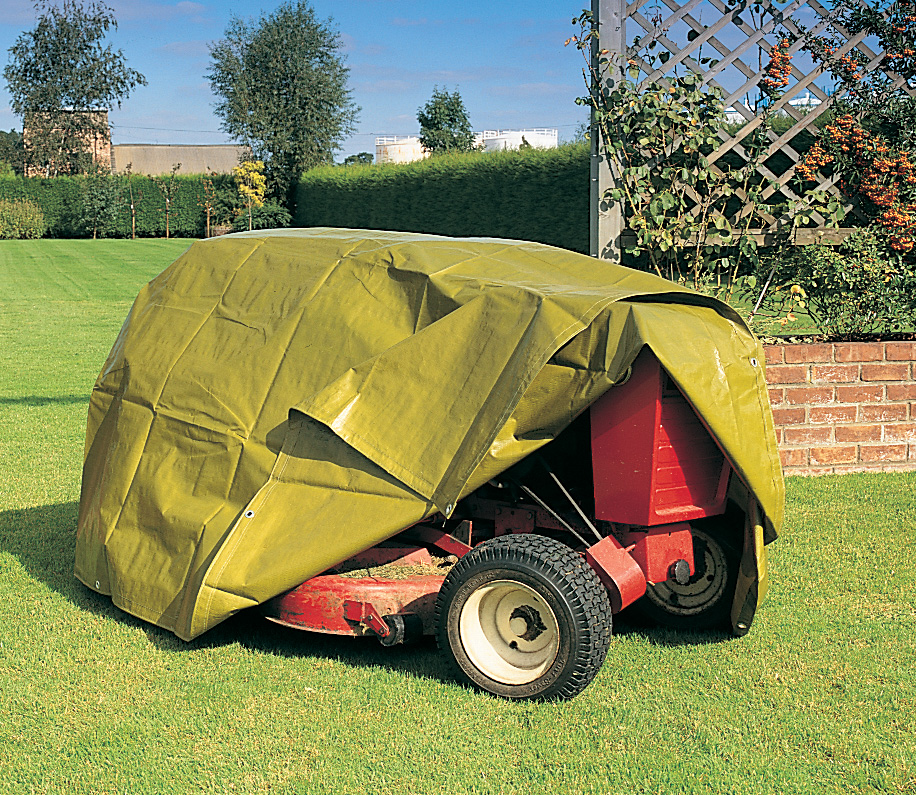29th Nov 2024
You know you need a tarp but now you need to know exactly what size tarpaulin you need. No problem. You just need to measure the length and width of what you need to cover, right? Well, not quite. That might work if all you’re wanting to cover a flat area, like a wall or floor, but if you’re looking for a heavy duty tarpaulin to cover a 3D object, then you’ve got a bigger job on your hands.
If you’re struggling to work out the correct tarpaulin sizes for what you need to cover, don’t panic. We’re here to help. In this step-by-step guide we’ll lay out everything you need to know what size tarpaulin you need and any accessories you may need to get the job done.
Step 1: Establish what type of tarps you need
Before you even consider tarpaulin sizes, you’ll need to consider the purpose of your tarp first as this will dictate the size, weight and fittings you need.
If you’re looking for a tarp to cover goods while in transit, then you may be looking for a net tarpaulin, a strong, lightweight tarp with eyelets. But if you need a heavy duty tarpaulin that will survive the wear and tear of construction use, then you’ll need something with more weight or grams per square meter (GSM).
Tarpaulin sizes vary but so also does the GSM, the colour and the fittings, so knowing what you need your tarps to do is essential before deciding on sizes.
Step 2: measure up for your tarpaulin cover
Once you know the purpose of your tarps you can now get down to measuring.
Measuring the top
When calculating the size of a tarpaulin for a 3D object, start by measuring the length and width of the area of the top of the object you want to cover. If it’s not a flat-topped object you may have to estimate this a bit to allow for any irregular shapes that the tarps may have to cover.
Top tip: at this point, it’s best to overestimate tarpaulin cover measurements rather than underestimate. This means you won’t end up with a tarp that doesn’t cover as much, or as far down the object, as you require.
Measuring the sides
Now you need to consider how far down the sides of the object you want the tarp to drape over and cover. Sometimes you only want to cover the top of the object, as you may with the trailer pictured above. Other times you’ll need to cover all the way down to the ground.
Measure from the top of the object down as far as you want the tarp to drape, double this number and then add that number to the length and width. For example, if you want the tarp to drape down two metres on all four sides you need to add four metres to the length and width measurements. It’s that simple.
Top tip: cut size
One final thing to consider is ‘cut size.’ Cut size is a standard industry term that refers to the size of a tarp before it’s seamed, hemmed and eyeleted. This means that the actual final size of a tarp can be anything up to 30cm (one foot) shorter than the size stated.
Factor this extra 30cm in when choosing what size to order. Again it’s best to overestimate rather than underestimating on this point. The last thing you want is a tarp that’s too short for your needs.

Step 3: making sure your tarps have the right fittings
Now you have your tarpaulin sizes you’ll need to check what fitting options there are. You should by now know what your tarpaulin is for and this will inform the fittings and accessories you’ll need.
Tarpaulin eyelets
While our tarps come with eyelets you may decide you need extra. For example, if you’ve decided on a heavy duty tarpaulin that will need to secure tightly onto what it covers, you may need the strength that extra eyelets offer. They’re quick to purchase and easy to install yourself once you’ve received your tarps.
Tarpaulin ropes and straps
While your tarps may have eyelets, more often than not they won’t come with ropes or staps as a default. If you’re looking to use your tarps as soon as you receive them, then you’ll need to make sure you find the right staps for you.
Again, the ropes and straps you use will depend on what you need your tarps to cover. If you’re using a heavy duty tarpaulin for a large load then you may just need a heavy duty ratcheting strap to hold that load down. Or maybe your tarp is just covering your lawnmower over the winter, in which case a length of rope will be fine.
Other tarpaulin accessories
Consider any other fittings that your tarps may need, for example a zipper system or tape to join your tarps.
Step 4: order your tarps
You know the purpose of your tarps, you’ve measured, you have your tarpaulin sizes and you’re confident you know the right fittings and accessories, it’s time for you to order.
Finding the right tarpaulin sizes for you really is that simple. If you need any more information about the right tarpaulin sizes for you and your job please get in touch.


